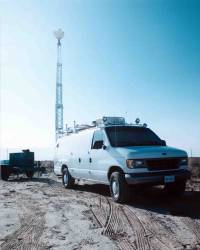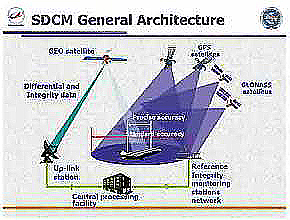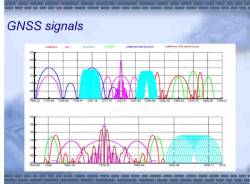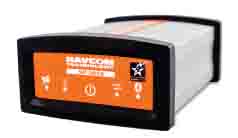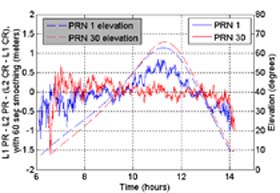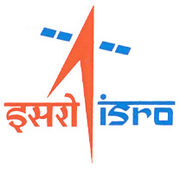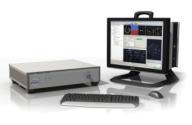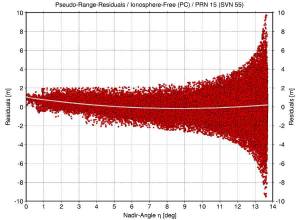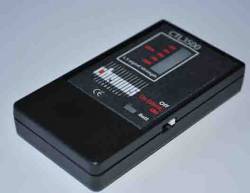EC to Declare EGNOS Operational for Non-Safety-of-Life Use
The European Commission (EC) expects to declare in October that the European Geostationary Navigation Overlay Service (EGNOS) — which provides satellite-based augmentation signals for GPS and Galileo — is operationally ready as an open and free service for non-safety-of-life (non-SoL) applications, according to a press release from the GNSS Supervisory Authority (GSA).
By Inside GNSS


